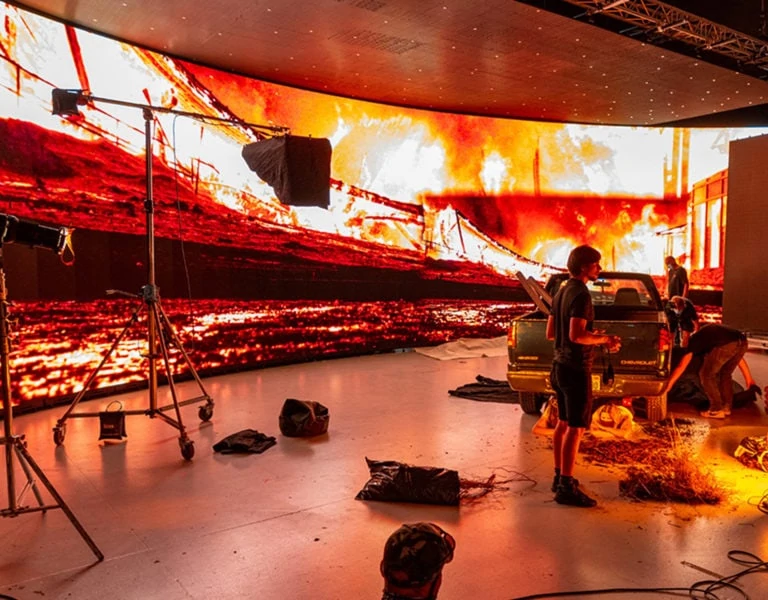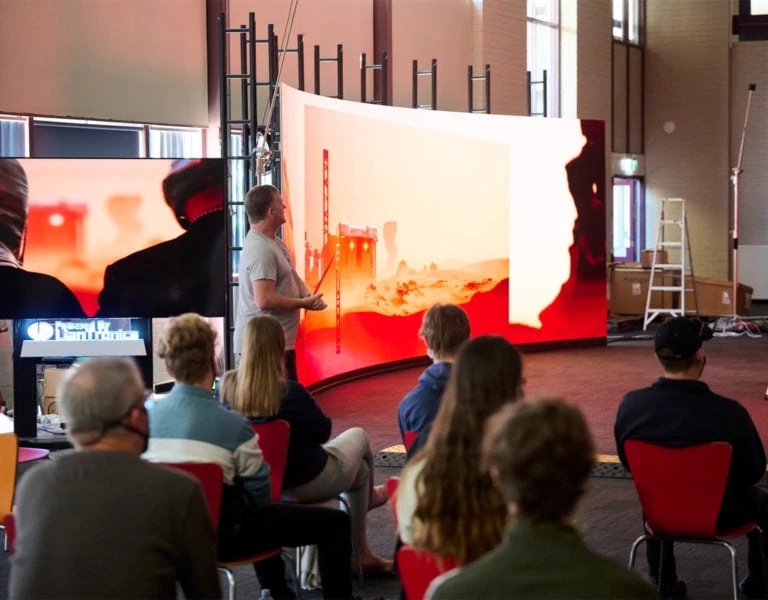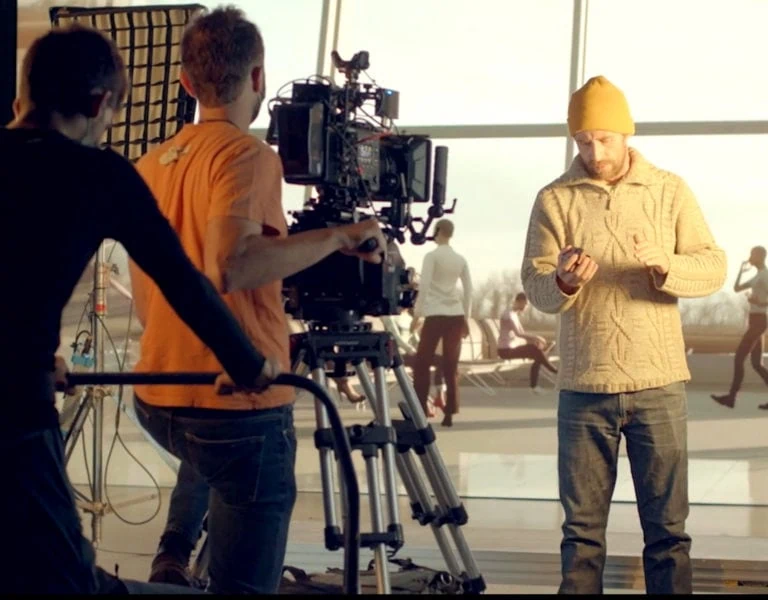I went into film making because I just loved movies, I always have.
But it wasn’t considered to be a particularly sensible career path when I was starting out and I didn’t know if I would be successful. I wasn’t especially interested in making lots of money and I was prepared to get involved in making films in whatever way that might entail. I have a very visual mind and have always been fascinated by systems and problem solving. My favourite subjects at school were art, science, and philosophy. I was definitely a day dreamer!
I really wanted to make films to inspire an audience and make them come away having felt something new, perhaps even more so than making a film for myself – and I believed that if you really wanted to make a movie, then you would do anything to make that possible. I was persistent and a hard worker and would refuse to give up. I hadn’t gone to film school but knew that the industry was where I wanted to be.
In particular, I enjoyed creating atmospheres and building worlds. And when I discovered VFX as a career option it completely changed my world. I was fascinated by the concept of making images with computers that don’t require physical reality. Now having worked in VFX for a number of years and having watched how quickly the technology has changed, I believe that the film industry is becoming more and more accessible. There is a huge demand for people who are both creative as well as understand the technical aspects of VFX.
I am not the greatest writer in the world: getting my ideas across at work and finding people to work with who understand my ideas has been a challenge. But as they say, a picture is worth a thousand words. So, I started out by illustrating my ideas and drawing them on paper and on the computer. My ideas needed to be as much a visual experience as well as a great story.
When I went to see Sunshine, the Danny Boyle film, it had a profound effect on me. It really opened my eyes to what might be possible. I saw the film in the cinema – and after the film had finished, two hours later, my friend and I queued to see it again! There are no words to describe what that felt like.
What really cemented my interest in wanting to work in film was when I went to the Pinewood Studios open day. When you go to a film studio in person it is very different to glimpsing it in a magazine or online. The experience really blew my mind. It made me feel that I could be one of those people involved in the creation of those ideas.
What I have come to realise is that there is no magic involved in VFX or computer graphics. Everything can be defined. And it is really exciting to me that the shots are all in progress. They are built incrementally so that you can improve or change things throughout the process to make them resemble what’s in your mind. There is no limit to projecting your imagination.
As technology has evolved to keep up with your imagination, it is becoming more about the limits of your imagination rather than not having access to technology. This is allowing a new wave of talent – diverse people with different ways of looking at problems – to break into the film industry, which is really refreshing and nice to see.
For me the digital revolution is the best thing that has happened to the film industry for a long time. It’s really about discovery and invention in its purest form. It’s been a bit like the wild west where you are constantly pioneering new ideas – and I think it’s exciting that we still don’t know fully where this could potentially lead us. Every step of the way involves building and enhancing new systems. This continual movement is moving a thousand times faster than I anticipated and it seems that everyone and every studio is running to try to keep up.
Virtual production has turned filmmaking from a system of using blue and green screen composites on everything to a seamless system where what you see on the day is what you see in the show. You can be anywhere in the world. You could be in Australia one day and Mars the next. You can literally change between those locations with a button that is driving the volume and you can compose your own shots, instead of hoping that it works later.
Mixing CG/VFX and real props and costumes creates a nice illusion where you can never be quite sure what is CG/VFX and what is real. This is what you want to achieve: if the audience looks at something and immediately understands what it would feel like to put their hand on it, then you are halfway there.
Movies are designed to be invisible visual effects. And if it carries an audience through with an exciting moment that blends beautifully with the live action then that can be very effective. However, just doing something that seems impossible no longer necessarily impresses an audience. Now the driving force has to be something that is more intrinsically tied to the storytelling and the parts of the story you really care about, rather than simply a magic illusion trick.
Virtual production is completely changing the film industry. It is bringing the environment live on set so that the actors have something to act against and the camera can actually see it. The technology already existed but – with the newly available hardware and fast video cards, ultra HD screens and motion capture technology – virtual production has really arrived.


















